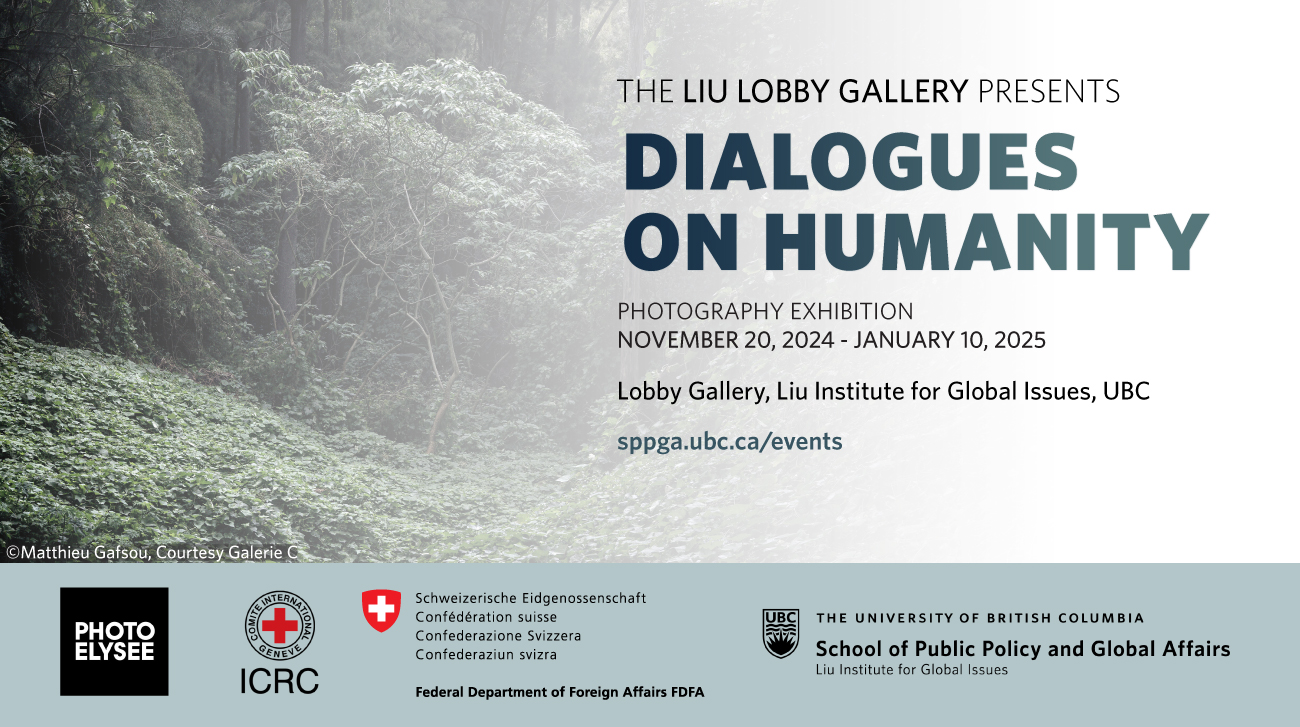Often translated as ‘the science of healing’ (sowa rigpa), Tibetan medicine is at once a diverse system of healing with ancient roots extending out from the Tibetan Plateau and a modern, globalizing ‘alternative’ therapeutics. The contemporary practice of Tibetan medicine is enmeshed within multiple, and sometimes conflicting, agendas: from the need to conserve medicinal plants on which Tibetan pharmacology depends, to developing a Tibetan pharmaceutical industry as a method of economic development; from the need to integrate with public health and forms of biomedicine to the need to retain its unique approach to healing. Practitioners strive to maintain the practice’s cultural authenticity, including connections to Tibetan Buddhism. At the same time, Tibetan medicine stakes claims as efficacious science through clinical research. Its therapies are at once forms of cultural knowledge shared across generations and valuable commodities, increasingly regulated by biomedical production standards, intellectual property regimes, and the desires of a consuming public in Asia and beyond. This talk engages these points of tension, discussing how Tibetan medicine remains at once a crucial form of local health care across Tibetan communities, a manifestation of national identity, and, increasingly, a globally available form of ‘traditional’ medicine in the 21st century.
This event is sponsored by the Himalaya Program, the Contemporary Tibetan Studies Program and the Department of Anthropology.
RSVP
About the Speaker:


Sienna R. Craig is an Associate Professor in the Department of Anthropology at Dartmouth College. She is the author of Healing Elements: Efficacy and the Social Ecologies of Tibetan Medicine (2012), and Horses Like Lightning: A Story of Passage through the Himalayas (2008), and co-editor of Medicine Between Science and Religion: Explorations on Tibetan Grounds (2010). With Dr. Mark Turin, she edits HIMALAYA. Craig is also the co-founder of DROKPA, which supports grassroots development efforts and social entrepreneurship in the Himalaya.


